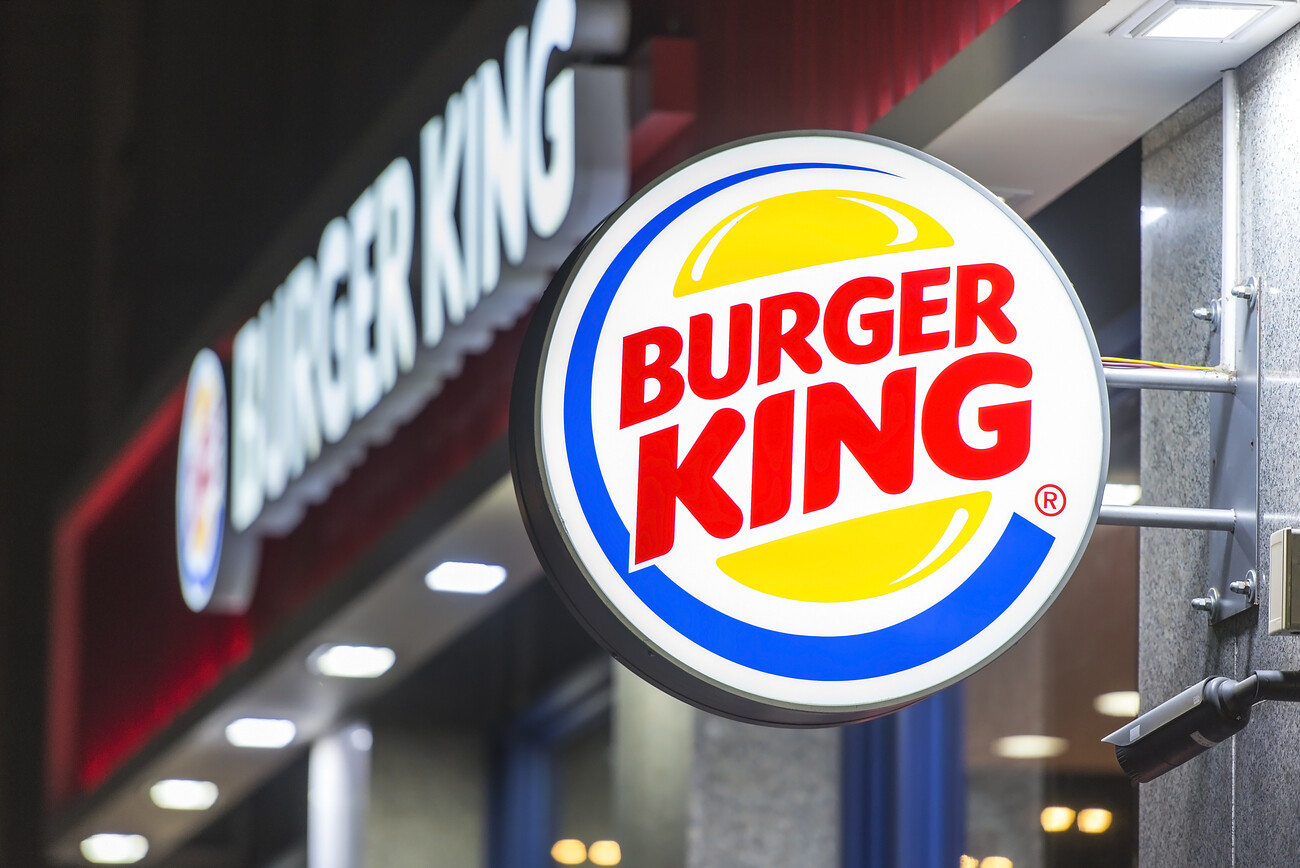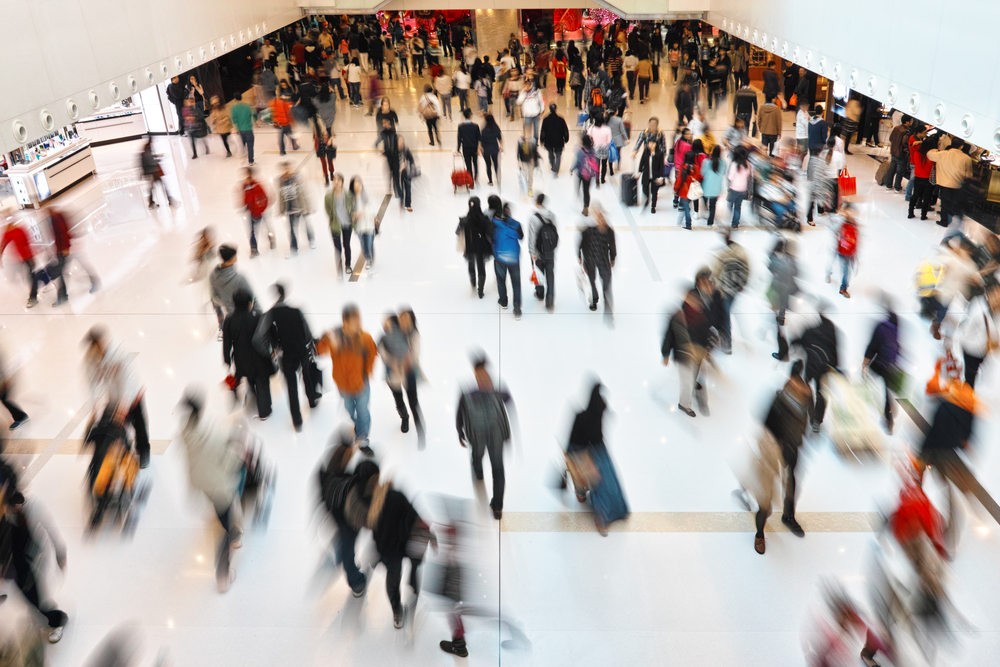News Briefs
- 5/15/2024
Experts weigh in on April retail sales

Here’s what two experts had to say about April’s retail sales (as reported by the U.S. Census Bureau).
David Silverman, senior director, Fitch Ratings:
"No major surprises as April retail sales, except auto and gas, were up about 3.5% relative to 2023, suggesting flattish volumes given a similar CPI reading also this morning. A modestly lower than expected CPI print does provide some hope that inflation is moderating, which could eventually improve consumer sentiment.”
"In April, discretionary goods categories and channels like electronics, home improvement, furniture, and department stores continue to underperform, driven by consumer spending pullback, shifts in spending priorities and comparisons to pandemic-era trends.”
“Fitch expects the Q1 retail reporting season to be characterized by generally tepid revenue performance, although operating margins across the group could benefit from decelerating cost inflation and sharper inventory and expense planning. We also expect continued retrenchment from weaker players, particularly in competitive categories like apparel, similar to recent wide-scale closure announcements from names like Macy’s, Rue21 and Ted Baker.”
Claire Tassin, retail & e-commerce analyst, Morning Consult.
"Today’s retail sales report reflects a pullback in consumer spending that retailers have called out in recent earnings reports. Spending is unchanged from March to April, and the increase from April 2023 is just 2.7%, while the CPI for the same period is 3.4%. That indicates that the sales gains from a year ago are entirely attributable to inflation, not increased consumer demand.”
“Home furnishing stores and sports and hobby retailers continue to struggle with large year-over-year declines. Even online retail — a bright spot in last month’s report — shrunk from the previous month (down 1.2%), though e-commerce is still up 7.5% year over year."
- 5/14/2024
Done Deal: Burger King owner completes $1.0 billion acquisition

Restaurant Brands International Inc. has completed its acquisition of the largest Burger King franchisee in the United States.
In January, the company entered into a deal to acquire Carrols Restaurant Group for $9.55 per share in an all-cash transaction with a total enterprise value of approximately $1.0 billion. With the close of the deal, RBI has added the largest Burger King U.S. franchisee to its portfolio. Carrols operates 1,023 Burger King restaurants in 23 states as well as 59 Popeyes restaurants in six states.
The transaction is part of Restaurant Brands’ multi-point rejuvenation effort, called “Reclaim the Flame,” to accelerate sales growth and drive franchisee profitability. Launched in September 2022, the plan includes a $250 million investment for a "Royal Reset" modernization program, which includes remodels of approximately 800 locations to a more modern image. (In April, the quick-serve hamburger chain announced an additional $300 million investment to accelerate the modernization of its U.S. restaurants.)
Restaurant Brands will invest a further $500 million to accelerate the reimaging of more than 600 Carrols restaurants before refranchising the majority of the acquired portfolio to new or existing smaller franchise operators over the next seven years.
Restaurant Brands International is one of the world's largest quick service restaurant companies with over $40 billion in annual system-wide sales and more than 30,000 restaurants in more than 120 countries and territories. In addition to Burger King, which has more than 19,000 restaurants, it owns Tim Hortons, Popeyes and Firehouse Subs.
- 5/13/2024
In-store traffic expected to fully rebound by Q3

CBRE is predicting retail foot traffic to fully recover from the post-pandemic lull later this year.
The real estate investment firm says that according to its latest data, foot traffic in prime trade areas is expected to fully recover to pre-pandemic levels by the third quarter and surpass those levels by 2025.
By the fourth quarter of last year, foot traffic in 10 prime trade areas tracked by foot traffic analytics firm Placer.ai had reached 81% of 2019’s levels, demonstrating a strong recovery. Recent data from the firm showed that visits to major retailers were largely up in the first quarter of this year compared to 2023 levels.
Record-low availability and increasing rents are leading to a rise in street-retail districts. CBRE says rents in prime trade areas have seen an increase of 9% in the Americas and 5.8% globally since 2021.
“Retailers face numerous obstacles to finding the prime space they desire, including record-low availability and rising rents,” said Laura Barr, Americas retail leader for CBRE. "These market conditions are already inspiring forward-thinking retailers and investors to creatively solve for retailer growth targets despite a lack of space.”
Despite a rise in omnichannel shopping, retailers know the importance of having a physical store alongside their online presence, as almost 70% of retail sales are digitally influenced. According to Forrester’s 2023 Retail Competition Tracker, in-store sales accounted for 78% of sales growth in 2022, a significant increase from 46% in 2019.
The shopping center industry association ICSC estimates that opening a store can boost a retailer's digital sales by nearly 7%. Conversely, closing a store can suppress digital sales by 11.5%.
- 5/13/2024
What consumers want from gift card loyalty incentives

A new survey reveals how retailers can drive loyalty participation with gift card incentives.
According to the "Carat from Fiserv Q2 2024 Gift Card Gauge," 80% of surveyed consumers say they have decided at least once where to shop based on gift card loyalty incentives, with 16% indicating they "always" factor in these incentives.
Gift card loyalty incentives respondents most value include the conversion of loyalty points into gift cards (56%), bonus points on gift card spend (54%), and gift card reload bonuses within an app (46%).
Food-related businesses are respondents’ most preferred place to receive gift card loyalty incentives, with grocery chosen as a preferred option by 58% of respondents and restaurants by 42% of respondents. Retail stores (40%), entertainment (34%) and drug stores (29%) were other popular options.
Although 67% of respondents said they are willing to share personal information with a brand in order to earn incentives, more than half have distanced themselves from a brand they felt was too invasive.
Leading privacy-related reasons respondents have distanced themselves from a brand include:
- Too many mobile notifications (62%).
- Excessive reminders/recommendations (58%).
- App wanting access to too much data on their device (57%).
Other findings
- Favorite benefits of retail apps include the opportunity for increased savings (69%) opportunities to earn rewards (62%).
- Six-in-10 respondents say digital wallets make gift cards easier to use, 55% say they provide more convenience and 44% say they enhance security
[Read more: How effective are mobile offers?]
- 5/13/2024
BH Properties names new managing director of retail

BH Properties has brought in a 25-year veteran of the Mills Corporation, GGP, and Brookfield Properties Retail to lead its retail real estate division.
Greg Sullivan has been named managing director of the Los Angeles-based company, where he will lead the acquisitions, management, and leasing for the firm’s expanding retail portfolio. At Brookfield, he served as VP of big box leasing/development with a primary focus on large format entertainment, big box, junior anchor, restaurant transactions, and vacant anchor store re-development. During his six years there, he oversaw the closing of some 300 lease and sales transactions totaling more than 10 million sq. ft.
For the past six months, Sullivan had been operating as a retail consultant to BH Properties, advising the firm on several mixed-use retail acquisitions, most notably the 322,000-sq.-ft. Anchorage Square on San Francisco’s famed Fisherman’s Wharf and Lincoln Road, a 130,000-sq.-ft. retail center in Miami’s South Beach neighborhood.
“As commercial real estate’s retail sector continues to work through a challenging economy, we see a great opportunity to grow our presence in the marketplace,” said Jim Brooks, president of BH Properties. “In so doing, we wanted to make a bold move and Greg’s experience and knowledge in both leasing and re-positioning gives us access to a national network of retailers and will help accelerate our retail efforts across the country.”
BH Properties’ current retail portfolio consists of 39 properties comprising more than 3.8 million sq. ft. nationwide. It also owns and operates substantial portfolios in the office, residential, and industrial real estate sectors nationwide.
- 5/12/2024
Denmark, U.S. tops in highest average yearly online spending per shopper

The amount shoppers spend online on a yearly basis differs widely by countries.
Denmark holds the first spot in the ranking of online shopping spending, with an average of $3,426.47 spent per online shopper yearly, closely followed by the United States, with an average online spending of $3,389.03 per shopper, according to a study by Ubuy.dk of more than 50 countries.
South Korea ranks third, with an average online spend of $3,032 per shopper. The country with the lowest spend was Switzerland, with an average spend of $1,675.84 per shopper.
Clothing is the most frequently purchased category online across the analyzed countries.
In other findings, the U.K. has the highest proportion of its population shopping online at 98%, leading to an average spend of $2,547, followed by China, with 97% of the population shopping online. In the U.S., 92% of the population shops online.
Methodology
The countries were first chosen based on the highest percentage of online shoppers. Each country's total e-commerce market size, shown in dollars, was divided by the respective number of online shoppers.
Countries were then ranked according to these average spending figures, from highest to lowest. Additional metrics, such as online shopping preferences and online consumers' age groups, were added for the context.
